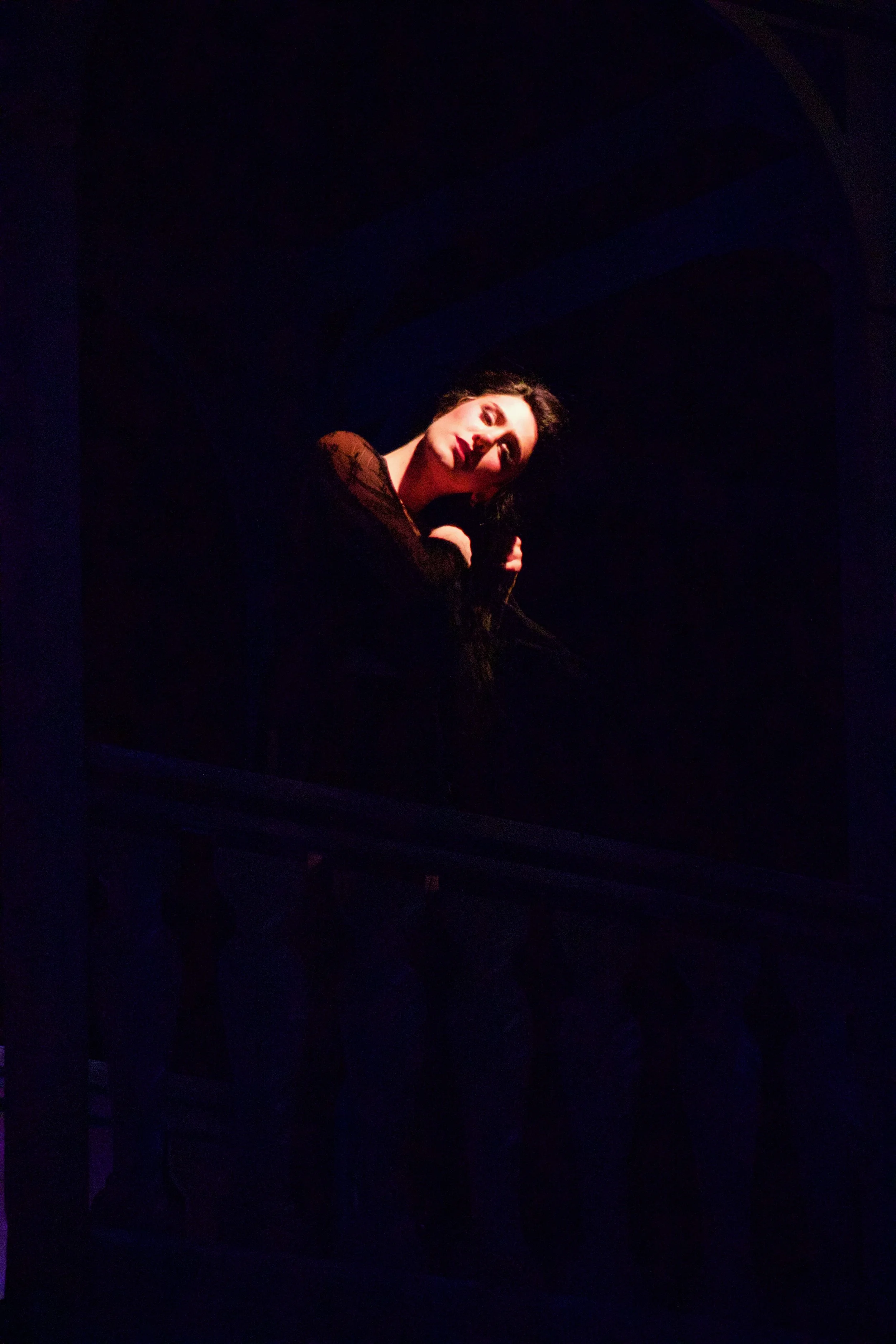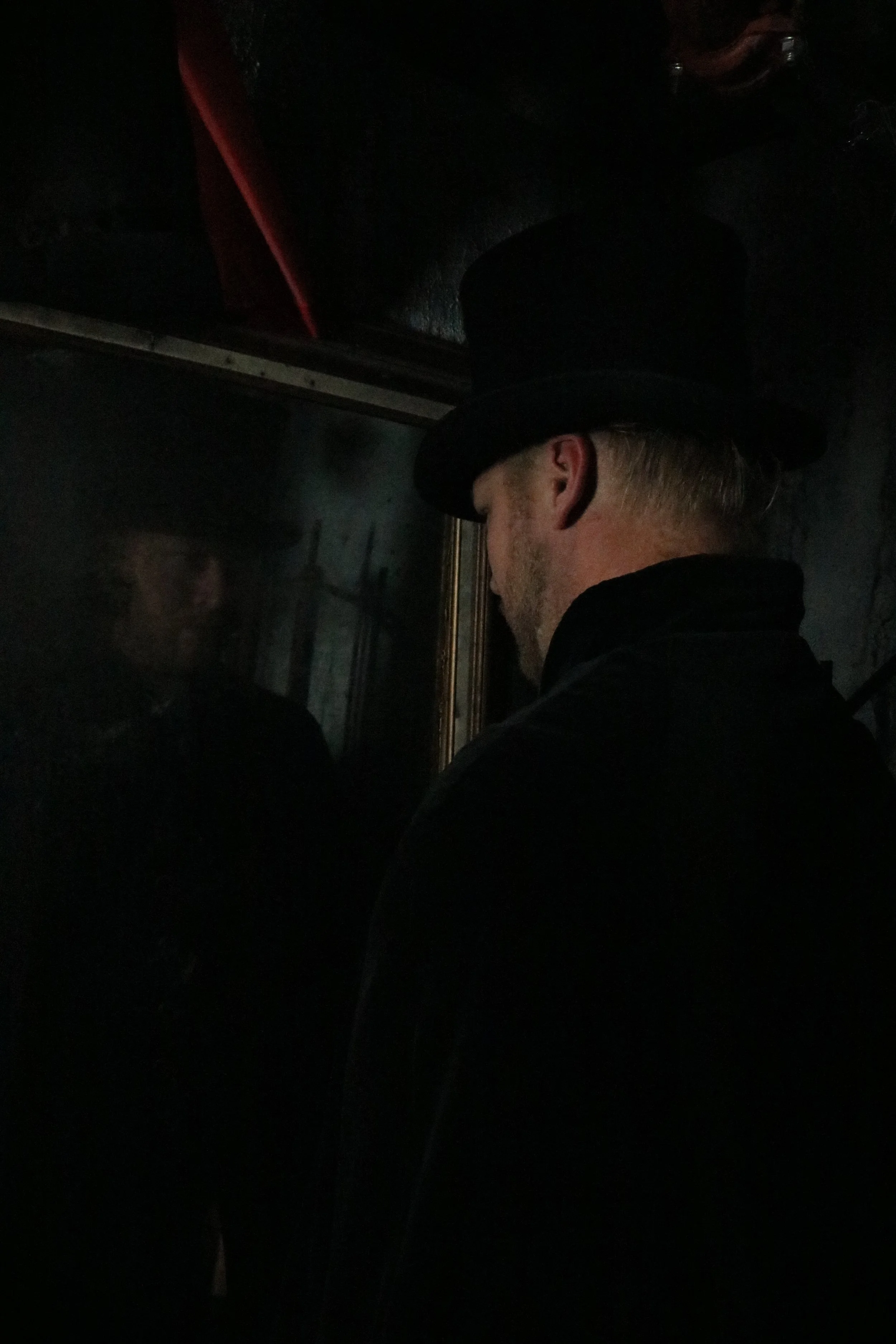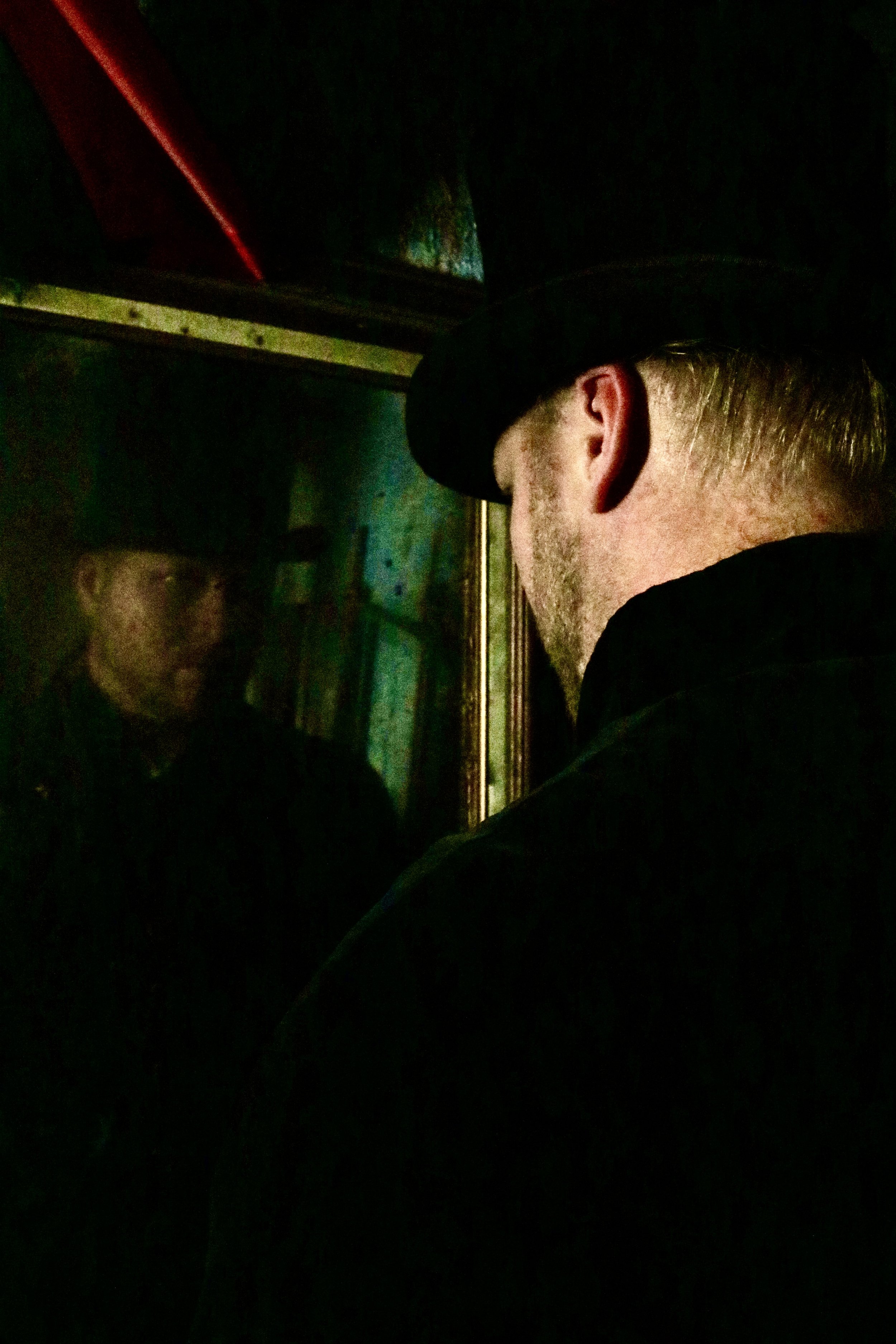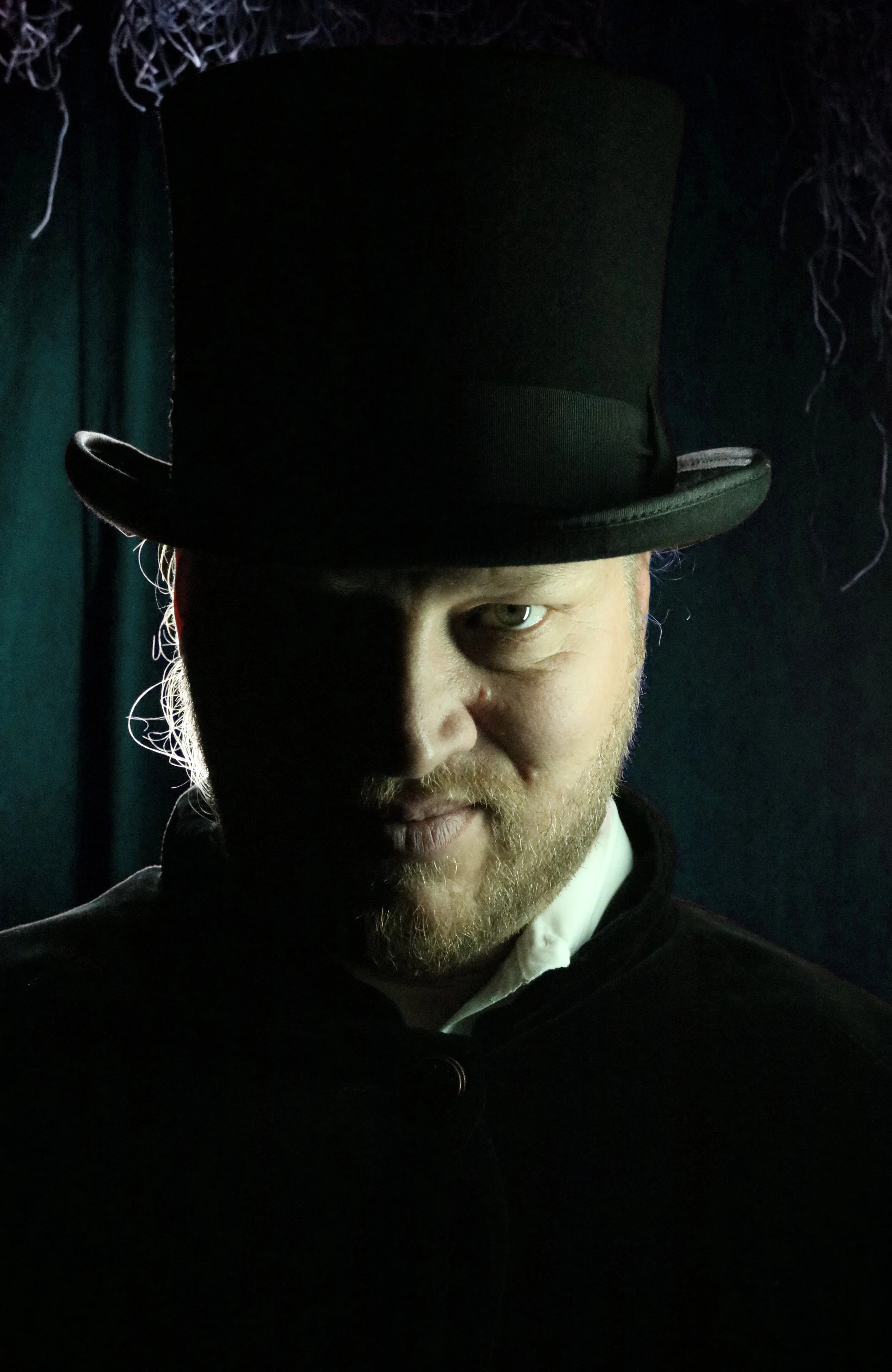Three Key Tools to Building Your Confidence Early On as a Creator
As a new photographer, are you feeling overwhelmed?
ISO, Aperture, Shutter Speed, Exposure Value! I get it, there is a lot on the technical side to master, yes. But fear not—there is not only hope but three key tools in your photographer’s tool bag you can leverage early on in your career to build your confidence, differentiate yourself, and take eye-catching photographs in no time. And these tools are not what you think…
Photography as a Visual Art
To start, we must know and feel that photography is more than just the technical bells and whistles of the camera (shutter, lens, focal length) or only focusing on if we have the perfect high-end gear. While the technical side is very important, it is only part of the creative equation. Photography is first and foremost a visual art that gives us a front-row seat into beauty each time we pick up the camera! Why does this matter? Because, as humans, something beautiful inspires us. Something beautiful can make us feel happy, move us on the inside, and even change us. Think about the last time your breath was taken away by that gorgeous sunset. You’ve seen the sunset so many times, yet why does it keep giving you that awe-struck feeling? Because there is an inherent beauty to its nature.
Our Role as Photographers
As a photographer, you are in a position to inspire people, even help people, with capturing beauty. In a world where people are inundated with words and information, you have the power to cut through all of that and bring beauty to life for others in the form of an image. What’s more, in our fast-advancing technology world, you can not only share it with one person but with millions, at scale, in a way that is healing and needed.
Now, that’s powerful.
“So, if your goal is to have this sort of impact. Read on. If your goal is simply to enjoy your photographs and not share them with a single soul, read on. All of the following applies to taking amazing photographs you can feel proud of. ”
The Three Key “Early On” Differentiators
In the blog post Why Photography, we talk about the importance of understanding our WHY we do anything. Our why is our purpose, our biggest motivator, and often hard to really hone in on but when we know it, we know it deep in our bones. Our WHY is our first important tool. But there are three more. Let’s dive into it.
Embrace the Mindset of Curiosity
“Let go of certainty. The opposite isn’t uncertainty. It’s openness, curiosity and a willingness to embrace paradox.”
This is as true in life as it is in photography. I cannot tell you how many times lately I have gone to a photoshoot and thought, “I want my model to be in this exact colored outfit, in this studio setting, with this prop” only to run into a scheduling conflict forcing my shoot to move to an outdoor setting in natural light, or “I am so excited to shoot the perfect shot at golden hour only for four o’clock to roll around and for it to be perfectly moody and rainy out.
On both of these occasions, my photographs turned out to be so much more vibrant, emotive, and powerful then I could have wished for. And, while I have no doubt they might have turned out well in the setting I originally dreamed of I have learned this important lesson: Learning to let go and let your creative vision be molded by change not only allows for more creative outcomes, it’s simply more fun when we do not have to be in control all of the time!
Embracing the curiosity mindset allows us to let go because we stay open to the unknown. This vulnerability is key as an artist. This is tool number one.
My original photoshoot was supposed to be in the studio under artificial light. Instead, I got these beautiful and contrasting colors, full of vibrance and life. Not to mention my subject was a lot more comfortable in the beautiful outdoors, allowing her to relax and me to capture a fantastic shot!
2. Learn to Trust Your Intuition
Tool number two. Learn to trust yourself!
How many times have you heard, trust your gut, it’s always right? Well, I am here to tell you, in the process of photographing this is almost always true and can be the difference maker between an OK photo and a jaw-dropping photo. As a photographer, you will take A LOT of photos. Depending on the type of photography, you could snap anywhere between 800-900 photographs and only deliver 115 to the client or 2000-4000 and only delier 800 to the client! Learning to trust your gut when you’ve nailed that perfect moment or moments with your subject is key.
Why? Because during your photoshoot, when you have 45 minutes with the client and are under pressure to deliver, your gut will guide you to arrange your subjects in the right way, under the right lighting, and find those really dreamy compositions in a tight timeframe.
In post-editing, it will tell you what is a high-quality client-ready photograph versus just sub-par. And, this my friends, is what your clients are paying you for! Not just your savviness with a camera, but perhaps more, your eye for QUALITY. It’s the difference between a “meh” response from your client, to “Oh my gosh these are beautiful! I can’t wait to hire you again” Let me give you an example of my intuition telling me a photograph was just okay to eye-popping.
This photograph is cool. But it is underexposed (too dark), and the subject is standing a little too far away from the mirror to capture his emotions. In other words, it does not tell a very compelling story.
Much better! The photograph is well-exposed. The subject is closer to the mirror, allowing us to feel his intense, almost contemplative, stare. The difference maker from above? I trusted my gut when it told me to move in closer to the subject, tell the story of his inner turmoil, and brighten him up with portable lighting.
3. Embrace Your Role as Storyteller
I hinted at this above. You role as a photographer is many things: “capturer of beauty”, “chaser of light”, but perhaps most importantly, “storyteller”.
“I once read, “without a story, you have no way to persuade people.”
In a world where we are all have less than 30 seconds, maybe only 15, to get someone to stop and look at our post on social media, learning to persuade people with your photograph could be the difference in making a living off your art or not (and again, doing art just for fun also 100% has its place!)
So how do we tell a story with our photographs? There are many wonderful online resources out there. Let me share with you what has worked for me.
Number One
Before going into a theatrical photoshoot I always do my research about the play and proactively think in advance about 1-2 themes I want to be sure to emphasize or highlight. Sometimes the director will have their own opinion and I work with that too. For my recent Jekyll and Hyde promotional shoot for example I wanted to emphasize the literary genius of Robert Louis Stevenson’s commentary on the duality of man and show the split personality of Dr. Henry Jekyll’s goodness to help mankind and Mr. Edward Hyde’s hell-bent drive to destroy it. After about 200-300 photos of the actor, I finally got to this and back to trusting your intuition, I knew when I captured that exact theme and I was thrilled.
Notice how rim lighting from behind, and side lighting illuminates half of the subject’s face while casting the remainder in the dark, emphasizing the split personality of this iconic literary character.







